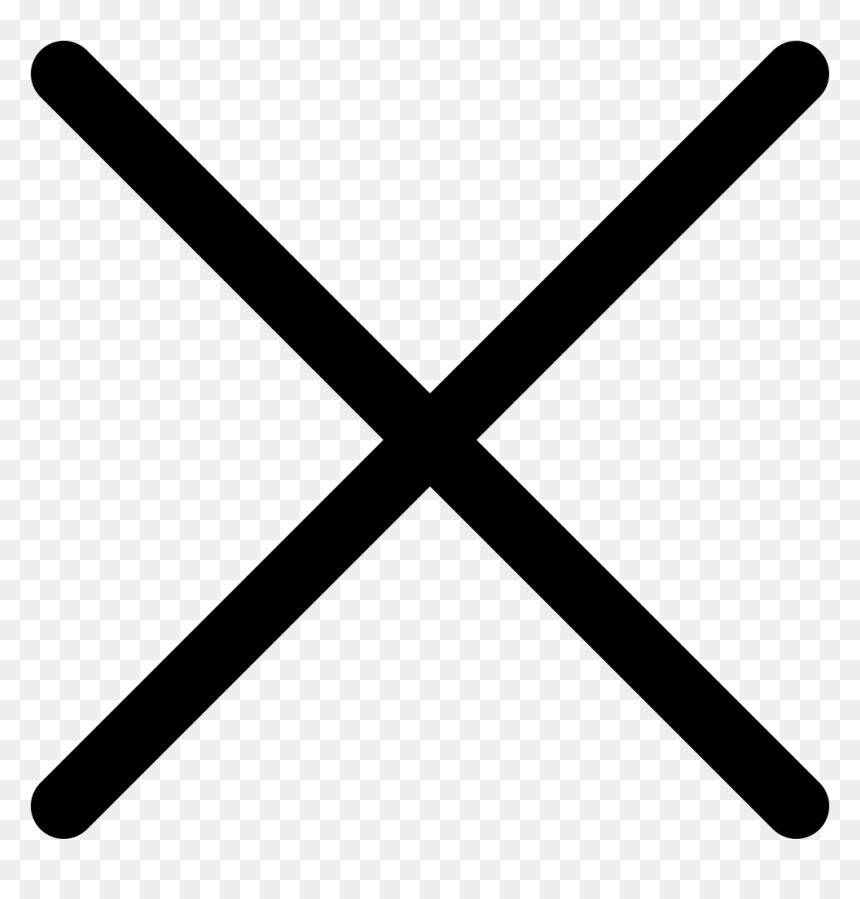[trx_section align=”right” dedicated=”yes” columns=”2_3″ scroll=”no” dir=”horizontal”]
[trx_audio title=”It’s Not Goodbye” author=”Laura Pausini” url=”https://www.vinarstviklucov.cz/wp-content/uploads/2017/11/laura.mp3″ image=”https://www.vinarstviklucov.cz/wp-content/uploads/2015/01/s3.jpg” controls=”show” autoplay=”off” width=”100%” bottom=”0″]
[/trx_section]
Sparkling wines are produced worldwide, but most legal structures reserve the word Champagne exclusively for sparkling wines from the Champagne region, made in accordance with Comité Interprofessionnel du vin de Champagne regulations. In the European Union and many other countries the name Champagne is legally protected by the Madrid system under an 1891 treaty, which reserved it for the sparkling wine produced in the eponymous region and adhering to the standards defined for it as an appellation d’origine contrôlée; the protection was reaffirmed in the Treaty of Versailles after World War I. Similar legal protection has been adopted by over 70 countries. Most recently Canada, Australia, Chile, Brazil, and China passed laws or signed agreements with Europe that limit the use of the term “Champagne” to only those products produced in the Champagne region. The United States bans the use from all new U.S.-produced wines. Only those that had approval to use the term on labels before 2006 may continue to use it and only when it is accompanied by the wine’s actual origin (e.g., “California”). The majority of US-produced sparkling wines do not use the term Champagne on their labels, and some states, such as Oregon, ban producers in their states from using the term.
[trx_audio url=”http://www.stephaniequinn.com/Music/Commercial%20DEMO%20-%2007.mp3″ controls=”show” autoplay=”off” width=”100%”]
In the United States name protection of wine-growing place names is becoming more important. Several key U.S. wine regions, such as those in California (Napa, Sonoma Valley, Paso Robles), Oregon, and Walla Walla, Washington, came to consider the remaining semi-generic labels as harmful to their reputations (cf. Napa Declaration on Place). Even the terms méthode champenoise and Champagne method were forbidden by an EU court decision in 1994. As of 2005 the description most often used for sparkling wines using the second fermentation in the bottle process, but not from the Champagne region, is méthode traditionnelle. Sparkling wines are produced worldwide, and many producers use special terms to define them: Spain uses Cava, Italy designates it spumante, and South Africa uses cap classique. An Italian sparkling wine made from the Muscat grape uses the DOCG Asti and from the Glerá grape the DOCG Prosecco. In Germany, Sekt is a common sparkling wine. Other French wine regions cannot use the name Champagne: e.g., Burgundy and Alsace produce Crémant. In 2008, more than 3,000 bottles of sparkling wine produced in California labelled with the term “Champagne” were destroyed by Belgian government authorities.

